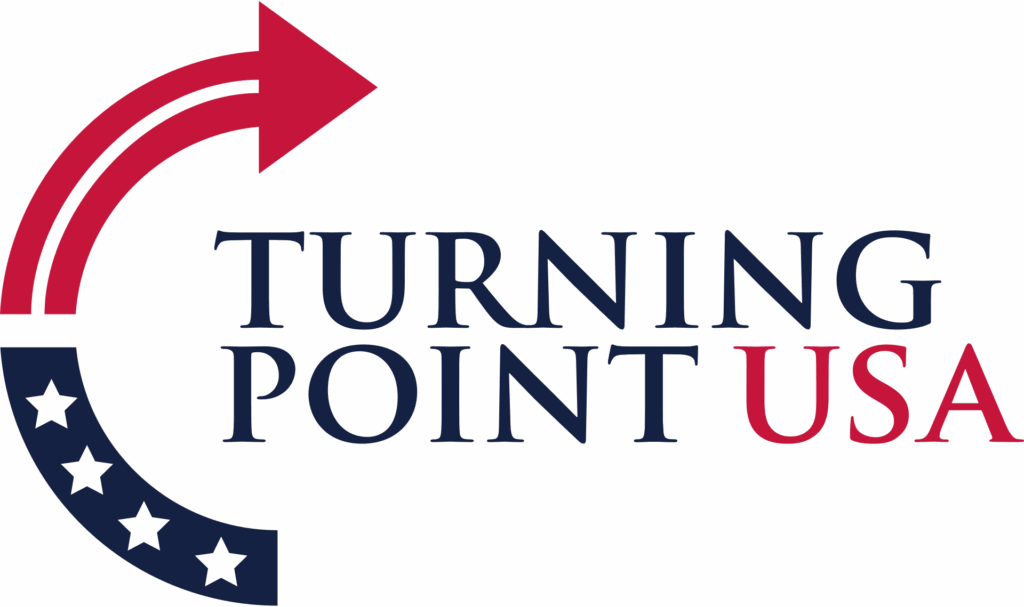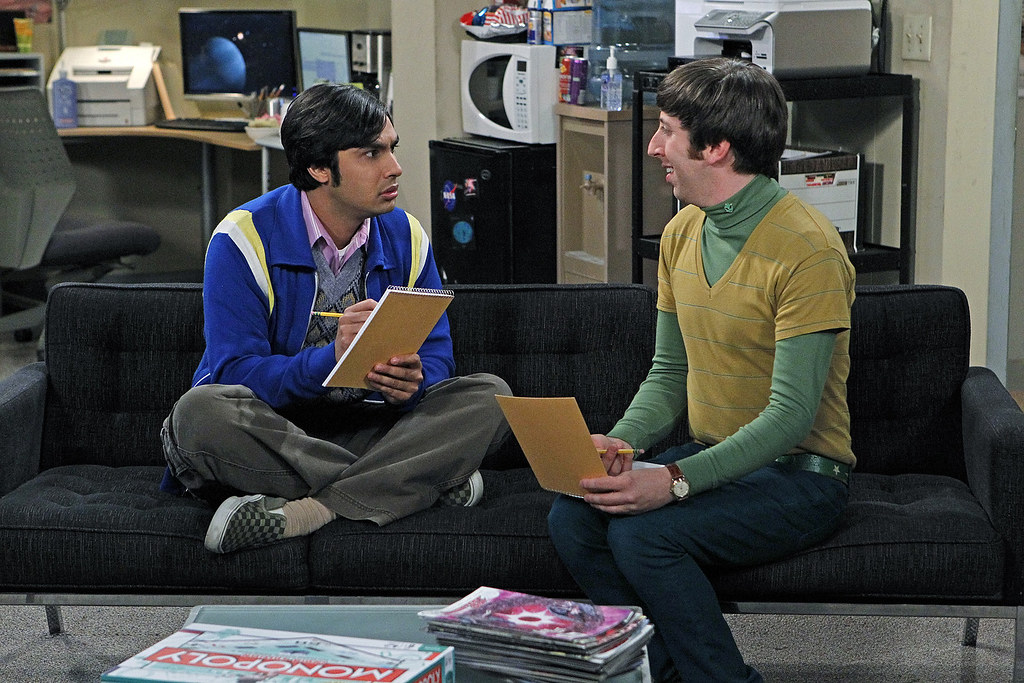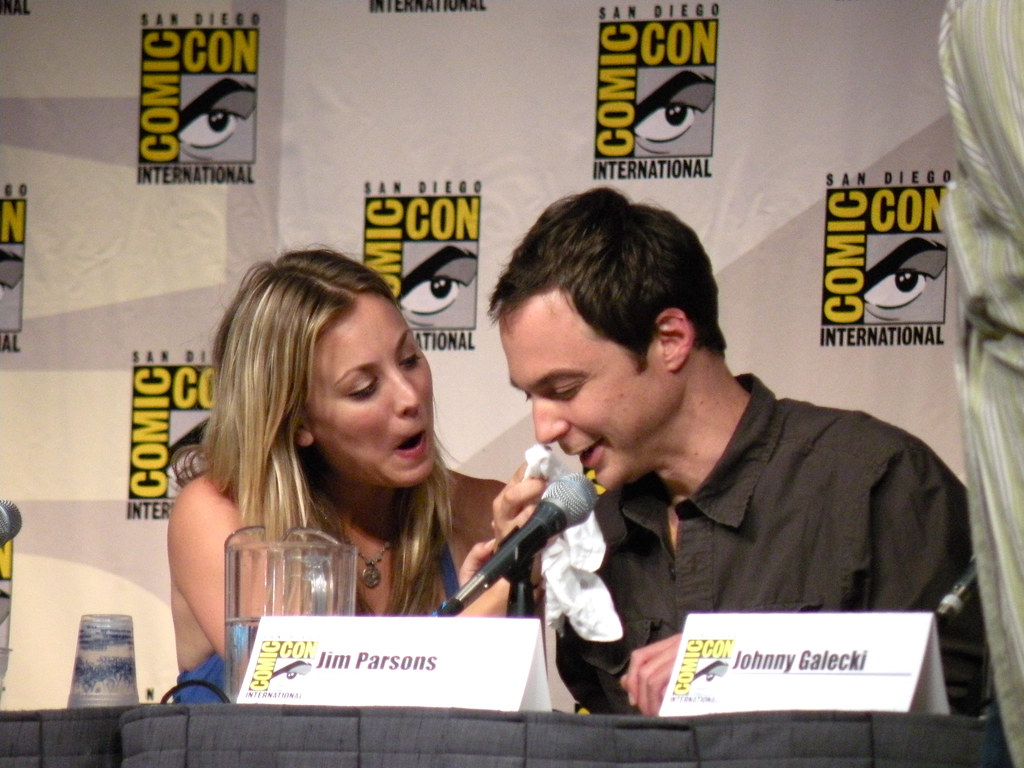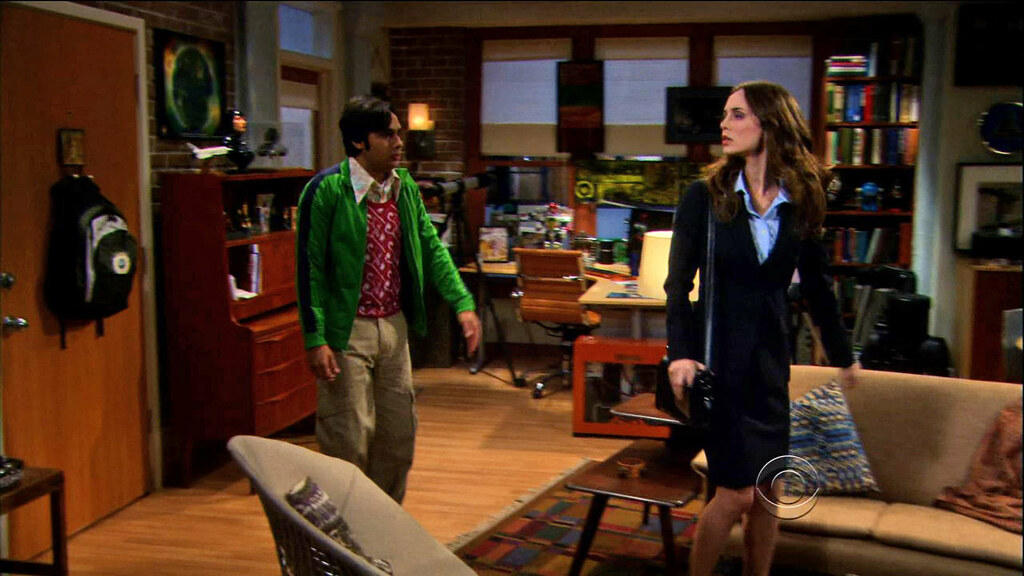
With every truly successful, long-running sitcom that embeds itself into the fabric of pop culture, there often exists a fascinating backstory of evolution, adjustment, and sometimes, pivotal change. These transformations in the early stages can be crucial, shaping the very essence of the show that eventually captivates millions. *The Big Bang Theory*, a series that would go on to define an era of television comedy, is no exception to this behind-the-scenes drama, holding a particularly compelling narrative about a foundational casting decision that forever altered its trajectory.
Before the iconic Kaley Cuoco became the beloved Penny, the friendly, street-smart neighbor who anchored the lives of four socially awkward scientists, the show had a very different female lead. An entirely different character, portrayed by a different actress, initially stepped into the apartment across the hall from Leonard and Sheldon. This original vision, though never publicly aired, became a legendary ‘what if’ in television history, prompting endless curiosity among fans and industry insiders alike.
What truly transpired to prompt such a significant overhaul? What precisely was it about the original concept that proved so problematic, and how did these early missteps pave the way for the creation of a character and a performance that would become household names? We’re diving deep into the intricate details, pulling back the curtain on the original pilot, the critical reactions, and the difficult but ultimately game-changing decisions that led to Kaley Cuoco becoming the ‘secret sauce’ of one of TV’s most enduring comedies.

1. **The Concept of Katie: A Fundamental Misconception**Before audiences ever met the charming and relatable Penny, *The Big Bang Theory*’s creators, Bill Prady and Chuck Lorre, introduced us to a character named Katie. Portrayed by Amanda Walsh in the unaired original pilot, Katie was conceptualized as a distinctly different presence in the lives of the nerdy protagonists, a character far removed from the warmth and camaraderie that would define Penny’s interactions with the guys. This initial design represented a significant creative gamble, one that ultimately did not resonate with the show’s underlying comedic premise.
Katie was intentionally crafted with a rougher edge, described by Bill Prady as “dangerous in a way and wasn’t very nice to the guys.” Her character was less about bridging the gap between two worlds and more about exploiting the vulnerabilities of her new neighbors. She was “far less charmed by their geeky behavior and far more willing to take advantage of their maidenless ways,” setting up a dynamic that, in theory, might have offered a different brand of humor but proved challenging in execution.
This early characterization established Katie as almost an antagonist, or at the very least, a cynical force in their lives. The idea of a character who would take advantage of Leonard and Sheldon, rather than grow to appreciate them, was a core design choice that heavily influenced the pilot’s narrative. It was a stark contrast to the symbiotic relationship that would later blossom between Penny and the Caltech physicists, hinting at why such a drastic change was eventually deemed necessary.

2. **Test Audience Reaction: The Resounding Rejection**The true litmus test for any new television series comes during its pilot phase, particularly through test screenings with live audiences. For *The Big Bang Theory*’s original pilot featuring Katie, the feedback was not merely lukewarm; it was overwhelmingly negative and intensely critical. This reaction proved to be the pivotal moment that signaled the need for immediate and profound changes, underscoring the critical disconnect between the creators’ initial vision and what viewers desired.
Bill Prady vividly recalled the first test screening reactions, noting, “They hated her, but what was amazing was that they were defending Leonard and Sheldon so much.” This sentiment was echoed by Chuck Lorre, confirming that the audience’s animosity towards Katie was not just a dislike, but an active, protective stance towards the male leads. Such a strong, unified negative response is a clear signal in the television industry, indicating that a fundamental element of the show is not working as intended.
The ferocity of the audience’s defense of Leonard and Sheldon highlighted a crucial misunderstanding in the original character dynamic. Instead of finding humor in Katie’s abrasive nature or her interactions with the scientists, viewers were put off, feeling protective of the protagonists. This immediate and unambiguous feedback from test audiences was a sobering reality check for the showrunners, directly contributing to the subsequent decision to scrap the character and rethink the core female role.

3. **The Vulnerability of Leonard & Sheldon: A Misunderstood Dynamic**A critical revelation for the creators, Bill Prady and Chuck Lorre, emerged from the test audience’s reaction: their perception of the show’s male leads, Leonard Hofstadter and Sheldon Cooper. The audience didn’t just dislike Katie; they perceived the physicists as highly vulnerable individuals, a nuance that the writers initially hadn’t fully grasped. This understanding fundamentally reshaped how they approached the central dynamic of the show.
Chuck Lorre articulated this profound realization, stating, “Yeah, we didn’t realize early on that the audience viewed them as children. They were very naive and childlike, regardless of how intelligent they were. They were very vulnerable.” This perception was key. Despite their intellectual prowess and adult lives, Leonard and Sheldon embodied a certain innocence and social ineptitude that made them appear defenseless to the viewing public. This made the concept of a “mean” neighbor particularly unpalatable.
Understanding the audience’s protective instinct towards these “vulnerable” and “childlike” characters became paramount. It meant that any character introduced into their orbit had to complement, rather than threaten, this perceived fragility. This recognition shifted the creative focus from a character who might challenge or even mock their peculiarities, to one who could embrace and gently guide them, laying the groundwork for a more harmonious and endearing ensemble.

4. **The “Toxic Presence” Issue: Why Katie’s Dynamic Failed**The audience’s perception of Leonard and Sheldon’s vulnerability directly led to the problem of Katie’s character being deemed a “toxic presence.” This specific term, used by Chuck Lorre, succinctly captured the essence of why the original dynamic fundamentally failed to resonate. It wasn’t merely that Katie was “mean”; it was that her meanness was perceived as harmful to characters the audience had already begun to champion.
Lorre unequivocally stated, “the audience didn’t want a toxic presence around them.” This was a direct consequence of viewing Leonard and Sheldon as “vulnerable.” A character “willing to take advantage of their maidenless ways” created an imbalance that alienated viewers, rather than entertaining them. The humor intended by a cynical female lead interacting with naive geniuses was overshadowed by a sense of unease and protectiveness.
In the delicate ecosystem of a sitcom, especially one reliant on character relationships, a “toxic presence” can dismantle the potential for connection and empathy. Katie’s character, designed to be rough and opportunistic, inadvertently created an environment where the audience felt discomfort instead of amusement. This critical insight into the audience’s emotional investment highlighted the necessity of replacing the disruptive element with a more harmonizing force.

5. **Creators’ Acknowledgment: Prady and Lorre’s Difficult Realization**The show’s co-creators, Bill Prady and Chuck Lorre, ultimately faced the difficult truth that their initial vision for the female lead was fundamentally flawed. Their candid reflections on the experience underscore a willingness to course-correct based on crucial feedback, even if it meant abandoning significant creative investment. This acknowledgment was not an admission of a poor casting choice, but rather a recognition of a conceptual misstep.
Prady’s recollection of the audience defending Leonard and Sheldon was a stark indicator, and Lorre confirmed this assessment, explaining their initial oversight: “we didn’t realize early on that the audience viewed them as children.” This shared epiphany led them to understand that the problem wasn’t with Amanda Walsh’s performance, but with the role itself. Lorre explicitly stated, “She was terrific in the role, but the role was misconceived.”
Both creators expressed genuine regret over Walsh’s departure, highlighting that the decision was driven by the character’s unsuitability, not her acting ability. Prady further elaborated, “She was actually a very sweet person, and it was a lot of work for her to become that rough character.” This professional honesty and the subsequent rewrite demonstrated their commitment to perfecting *The Big Bang Theory*’s formula, even at the cost of parting ways with a talented actress.

6. **The Rewriting of Penny: Crafting the ‘Secret Sauce’**The decisive action taken by the creators, spurred by network intervention and audience feedback, was a complete reimagining of the female lead. The problematic character of Katie was abandoned, and in her place, the blueprint for Penny, the character that would become *The Big Bang Theory*’s ‘secret sauce,’ began to take shape. This rewrite was not a minor tweak but a fundamental shift in personality, purpose, and interaction.
As Chuck Lorre explained, “That’s why we rewrote Katie to become Penny and made her much more charmed by the guys and kind to them, as opposed to a woman who would take advantage of them.” This new direction aimed to create a character who was inherently good-natured, empathetic, and genuinely fond of Leonard and Sheldon, even if their eccentricities sometimes puzzled her. The goal was to foster a dynamic of mutual learning and support, rather than one of exploitation or friction.
Penny was designed to be the “proverbial girl next door,” someone relatable and approachable, who could bridge the gap between the audience’s everyday experiences and the high-IQ, low-EQ world of the physicists. This conceptual pivot from a “rough” and “dangerous” figure to a “charming and sympathetic character” was the genesis of the show’s eventual appeal. It laid the foundation for the beloved interactions that would resonate with millions, proving that sometimes, the magic lies in the rewrite, and the right character makes all the difference.

7. **Kaley Cuoco’s Original Audition & Second Chance**Before Kaley Cuoco became inextricably linked with the character of Penny, her path to the role was not a straightforward one. In a fascinating twist of fate that often characterizes major casting decisions, Cuoco actually auditioned for the original character of Katie, the abrasive female lead who ultimately failed to resonate with test audiences. However, this initial attempt was unsuccessful, with Cuoco being turned down due to her age.
Cuoco herself recounted this early setback to TV Insider, stating, “I didn’t get [the role of Katie] the first time around. I was too young, which I love saying because I don’t get to say that I’m too young anymore.” This initial rejection, while undoubtedly disappointing at the time, proved to be a critical delay that would serendipitously align with the show’s eventual retooling, creating a perfect opportunity for her a year later.
When *The Big Bang Theory* was given a second chance after its initial pilot featuring Katie was not picked up, the character was completely abandoned. It was at this crucial juncture, approximately a year after her first audition, that Cuoco was invited back. This time, she was called to read for the newly conceived role of Penny, a character whose inherent charm and kindness were designed to foster a far more harmonious dynamic with the nerdy protagonists. This second opportunity marked a significant turning point, not just for the show, but for Cuoco’s career trajectory.

8. **Securing the Iconic Role: Kaley Cuoco as Penny**Kaley Cuoco’s successful audition for Penny paved the way for her to join the cast for the revamped pilot, a decision that would forever alter the landscape of television comedy. Her casting was not merely a replacement but a strategic move by the network and creators to inject a new, essential ingredient into the show’s formula, which would ultimately be credited with its immense success.
Former CBS Entertainment chairwoman Nina Tassler, a key figure in the network’s decisive intervention, explicitly highlighted Cuoco’s pivotal contribution. Tassler proudly referred to Cuoco as the show’s “secret sauce,” underscoring the profound impact her portrayal of Penny had on the series’ overall appeal and chemistry. This endorsement from a top executive speaks volumes about the perceived indispensability of Cuoco’s performance.
Cuoco’s Penny was instantly recognizable as a “charming and sympathetic character.” She was designed not only to help bring Leonard, Sheldon, and their friends out of their often insular lifestyles but also, in a reciprocal journey, to learn to appreciate the nuanced eccentricities of their geek culture. This symbiotic relationship, largely driven by Cuoco’s engaging performance, became a cornerstone of the show’s enduring charm and broad appeal, validating the difficult recasting decision.

9. **The Revised Character’s Impact: Penny’s Role in the Dynamic**The transformation from Katie to Penny was more than a simple name change; it represented a fundamental shift in the character’s purpose and her interactions within the show’s universe. Penny was meticulously crafted to be the antithesis of Katie’s “toxic presence,” becoming the much-needed “proverbial girl next door” who could genuinely connect with and influence the socially awkward physicists.
Her arrival directly challenged the established routines and often rigid social skills of Leonard and Sheldon. Penny’s street-smart, everyday perspective offered a stark yet complementary contrast to their high-IQ, low-EQ world. This dynamic was crucial for the show’s comedic success, providing countless opportunities for humorous misunderstandings and moments of genuine warmth as two disparate worlds collided and gradually intertwined.
Chuck Lorre articulated this new direction, explaining, “we rewrote Katie to become Penny and made her much more charmed by the guys and kind to them, as opposed to a woman who would take advantage of them.” This revised characterization fostered an environment of mutual learning and support, where Penny’s empathy and good nature allowed her to bridge the gap between their intellect and her common sense. Her impact was profound, transforming what could have been a cynical dynamic into a heartwarming and enduring friendship, forming the emotional core of the series.

10. **Amanda Walsh’s Career Post-Recasting: Validation and Success**While the recasting decision was a significant professional blow for Amanda Walsh, it was not, as she has publicly affirmed, the end of her career or even the world. Her experience with *The Big Bang Theory* pilot, though undoubtedly a “sting,” ultimately provided valuable validation and opened doors to a diverse range of projects, demonstrating her resilience and talent far beyond that single role.
Walsh has since built a commendable resume across various mediums. Her film credits include notable appearances in late-2000s films such as “Disturbia,” “Ghosts of Girlfriends Past,” and “Sex and Death 101.” On television, she has starred in projects like “Lost Girl” and “Dirk Gently’s Holistic Detective Agency,” showcasing her versatility and continued presence in the industry.
Perhaps one of her most significant achievements demonstrating her talent beyond acting came as a writer for two seasons of the critically acclaimed sitcom “Schitt’s Creek.” This role speaks to her creative capabilities and her ability to contribute to successful productions in different capacities, highlighting a career that has flourished well beyond the *Big Bang Theory* pilot.
Walsh also received crucial personal and professional validation from her experience. As she recounted, “Bill [Prady] was as nice as possible about the whole thing.” Even more significantly, she was “really fortunate that a year later, [director James] Burrows hired me for another pilot called ‘The Mastersons of Manhattan with Molly Shannon and Natasha Richardson.'” This immediate rehiring by respected figures in the industry for another major project was profoundly validating, as it allowed her to definitively conclude, “‘It’s not you,’ because as an actor, you always question that.” It was a clear affirmation of her abilities, independent of the *Big Bang Theory*’s specific creative needs.

11. **Strong Executive Backing: The Network’s Continued Confidence**The journey of *The Big Bang Theory* from a problematic pilot to a global phenomenon was significantly bolstered by the unwavering confidence and decisive intervention of CBS executives. Despite the initial shortcomings and the challenging decision to recast a lead character, the network saw the underlying potential and provided the essential backing for the creators to try again, proving instrumental in the show’s eventual success.
Nina Tassler, then-president of CBS Entertainment, articulated the network’s perspective on the original pilot, acknowledging, “There was so much about the pilot that did work. But there were parts of the script that didn’t work, and we had to recast an actress.” Her ability to discern the promising elements amidst the flaws was critical, leading her to encourage Chuck Lorre and Bill Prady to revisit the concept.
Tassler’s conviction that “Chuck and Bill Prady delivered a pilot script, and the rest is history” after the changes, showcases the network’s belief in the creative team and the revamped vision. This firm stance and the willingness to invest further in a show that had initially faltered highlighted CBS’s commitment to nurturing a potential hit, rather than abandoning it. The network’s decisive actions provided the necessary impetus and support for the crucial transformation that ultimately unlocked *The Big Bang Theory*’s full potential.

12. **The Legacy of the Original Pilot: A Glimpse into an Alternate Universe**The original, unaired pilot of *The Big Bang Theory*, featuring Amanda Walsh as Katie, has achieved a near-legendary status in television lore. It stands as a fascinating artifact, offering a rare glimpse into an alternate version of a beloved series that, thankfully for millions of fans, never made it to air in its initial form. Its existence underscores the profound impact of early creative decisions and network feedback on a show’s destiny.
Series creator Chuck Lorre himself candidly described that early episode as “just a mess,” a sentiment widely echoed by those who have seen it. While the pilot remained unreleased by the network for a significant period, it eventually leaked online years later, allowing curious fans and industry observers to witness the stark differences between the initial vision and the perfected version. This leak provided tangible evidence supporting the critical decisions made behind the scenes.
Upon viewing the leaked pilot, many fans wholeheartedly agreed with the executives’ assessments, particularly Nina Tassler’s original notes. Online comments from viewers often noted a distinct lack of chemistry between the original characters and a pervasive sense of relief that this was not the *Big Bang Theory* they had come to know and love. As one YouTube user succinctly put it, “Katie was no Penny. I’m glad she was replaced before the real pilot episode was made.” This collective reaction served as a resounding validation of the difficult but necessary changes that were implemented, preventing a potentially disappointing series from ever reaching the public.

13. **The Show’s Unprecedented Rise: From Recast to Cultural Phenomenon**The journey from a rejected pilot to a universally adored sitcom is a testament to the power of creative recalibration and astute casting. *The Big Bang Theory*’s revamped pilot, with Kaley Cuoco as Penny, didn’t just get picked up; it “made history,” evolving into a cultural touchstone that captivated audiences worldwide for over a decade.
The series quickly ascended to become the highest-rated sitcom on television for several years, a remarkable feat that solidified its place in pop culture. It consistently remained in the Top 10 for its final eight seasons, a testament to its enduring appeal and the deep connection viewers felt with its characters and their evolving relationships. This sustained popularity is a clear indicator of the profound success born from the initial bold changes.
Throughout its impressive 12-season run, which concluded in 2019 after Jim Parsons decided to pursue other projects, *The Big Bang Theory* garnered numerous awards and nominations, including multiple Primetime Emmys for Parsons. The accolades showered upon the cast and crew underscored the show’s critical acclaim, paralleling its immense commercial success and widespread fan devotion. Kaley Cuoco, in particular, was recognized as the “missing puzzle piece,” whose portrayal of Penny was instrumental in the character’s gradual evolution and the show’s overall success.
Even after its conclusion, the universe of *The Big Bang Theory* continues to thrive through its successful spinoff series, *Young Sheldon*, which itself is wrapping up after seven seasons. The legacy of the original show, streaming on platforms like Max, allows new and old fans alike to revisit the classic sitcom, reflecting on how a pivotal casting decision and a courageous creative overhaul led to one of the most beloved and enduring comedies in television history. It’s a powerful narrative illustrating that sometimes, the most challenging beginnings can pave the way for the most extraordinary and cherished outcomes.
The story behind Kaley Cuoco’s casting as Penny in *The Big Bang Theory* offers a profound lesson in the often unpredictable alchemy of television production. It’s a narrative that underscores the critical importance of audience feedback, the courage of creators to pivot when necessary, and the decisive backing of network executives. Ultimately, the transformation from Katie to Penny was more than a casting change; it was the strategic injection of warmth, relatability, and charm that allowed a show about brilliant but awkward scientists to connect with a global audience, proving that sometimes, the magic truly lies in the details—and the right girl next door.”



